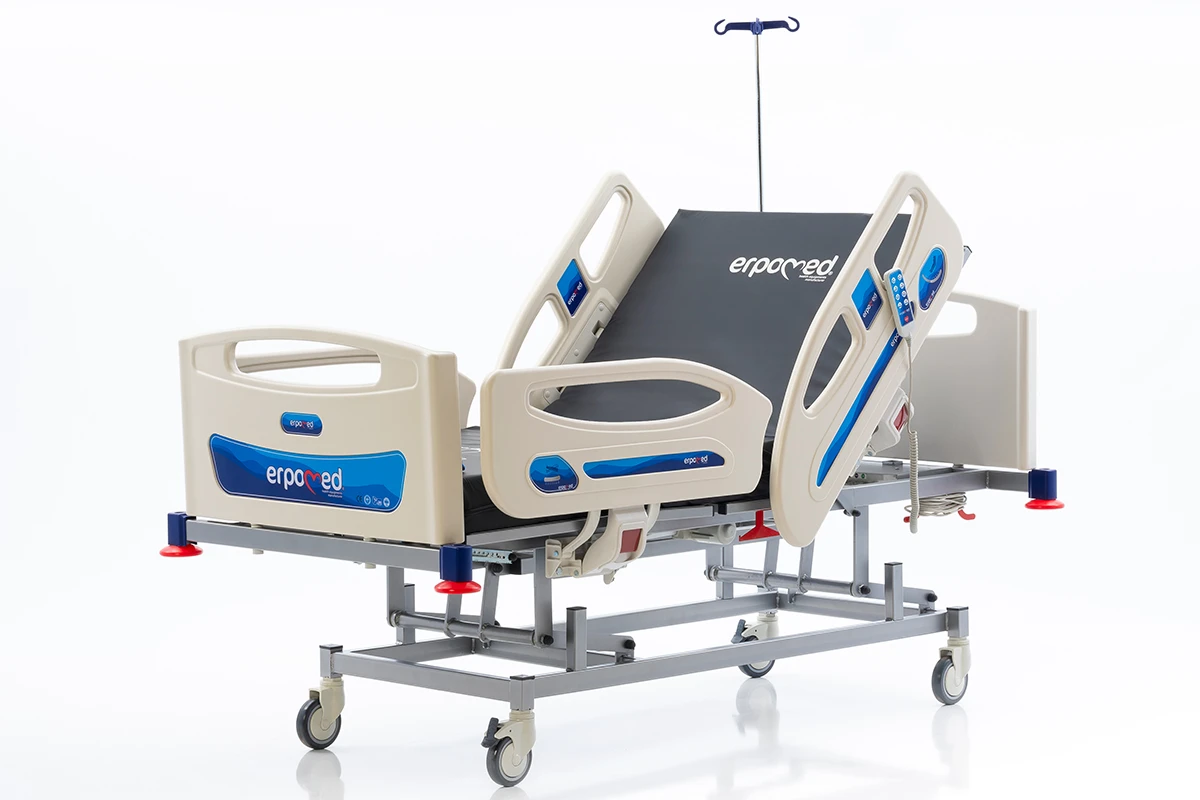Understanding Different Types of Hospital Beds and Their Importance

Understanding Different Types of Hospital Beds and Their Importance
In modern healthcare, hospital beds are not only essential for patient comfort but also for effective treatment and medical efficiency. Hospitals and clinics around the world use different types of hospital beds depending on their patients’ needs. Below we explain some of the most common categories.
What Is a Hydraulic Hospital Bed?
A hydraulic hospital bed is equipped with a hydraulic system that allows caregivers to adjust the height and backrest using a foot pedal or lever. Unlike electric hospital beds, hydraulic hospital beds do not require electricity, making them reliable in clinics with limited power sources. They are durable, easy to maintain, and widely used in rehabilitation centers and general hospital wards. Hydraulic hospital beds are also cost-effective and provide basic functionality for patient mobility and safety.
What Is a Delivery Bed?
A delivery bed (also called a birthing bed or obstetric bed) is specially designed for maternity wards and gynecology clinics. Delivery beds are adjustable to support different birthing positions, and they are often equipped with stirrups, removable foot sections, and easy-clean surfaces. Modern electric delivery beds improve comfort for both the patient and the medical team. Choosing the right maternity delivery bed ensures safety during childbirth and increases efficiency for healthcare professionals.
Other Types of Hospital Beds
-
Electric hospital bed: Operated with motors and remote controls for easy adjustment.
-
Manual hospital bed: Controlled with cranks, often used in home care or small clinics.
-
Pediatric hospital bed: Designed with smaller dimensions and protective side rails for children.
-
Intensive care bed (ICU bed): Advanced models with Trendelenburg, CPR functions, and monitoring support.


